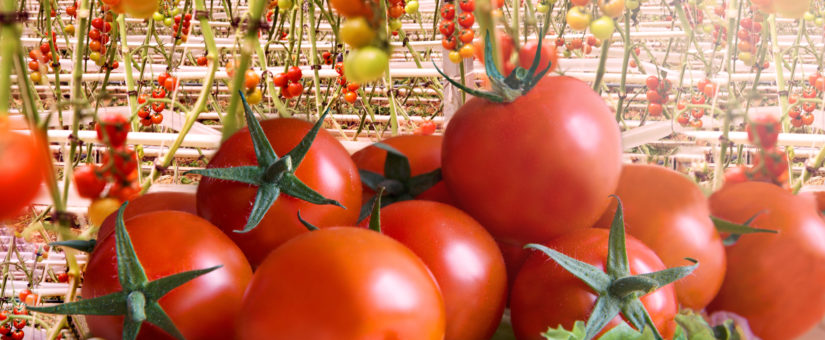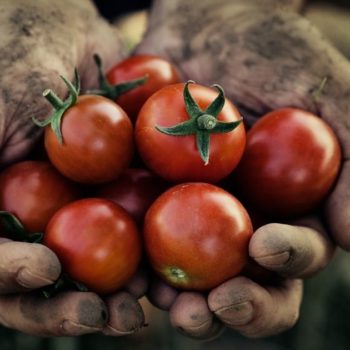
Growing Hydroponic Tomatoes
How to Grow Hydroponic Tomatoes
Learn how to grow amazing hydroponic tomatoes
There’s no denying it: The plumpest, ripest and tastiest tomatoes are to be found in the summertime. But what if you could have the juiciest tomatoes all year round? Well you can, thanks to hydroponic gardening. Is your mouth watering? Then check out our step-by-step guide to growing your own hydroponic tomatoes all year round.
- Decide What Variety to Grow
Good vining varieties for hydroponic gardening include Brandywine, Giant Beefsteak, Trust and Delilah. Heirloom varieties like Thessaloniki, Pink Brandywine and Mortgage Lifter also do well under hydroponic conditions. Or why not be a little exotic and grow some specialty varieties like Cherry, Cocktail or Italian?
- Nurture your Seedlings and Saplings
A couple of weeks before your hydroponic garden is ready, sprout your tomato seeds in a nursery tray that’s filled with a growing medium like rockwool cubes. For the best results, soak the cubes with water and keep the seeds covered in a damp area that’s somewhere between 20 and 25°C. Under these conditions, the seeds should take between 10 and 14 days to sprout. As soon as you see them sprout, move them to your hydroponic system. Growing from saplings bought from your local hydroponic or garden store is a little more expensive, but much quicker. However, make sure the saplings haven’t been grown outdoors, as they can be contaminated by pests and diseases that can destroy your entire hydroponic tomato crop.
- Choose your Hydroponic System
If you want to grow tomatoes, there are several hydroponic set-ups to choose from. However, if you want to keep things simple, go for an Ebb and Flow system, where nutrient-rich solution floods the grow tray before being drained completely. This set-up is relatively cheap and easy to build, and is a big hit with budding hydroponic home gardeners.
When it comes to nutrients, tomatoes are particularly greedy and require high levels of phosphorus, nitrogen and potassium. Give your precious plants a nutrient solution that’s made especially for hydroponic gardening. And if you really want to give them the royal treatment, use a hydroponic nutrient mix that’s designed specifically for tomatoes.
4. Set Precision Timing
Set your water pump to run for 30 minutes every 2.5 hours—and never go longer than 2.5 hours without running the pump. Watch your plants carefully. If they begin to wilt, increase the watering frequency. It the roots become soaked and slimy, decrease it. When your plants begin to bloom and fruit, they’ll need more water, so monitor the watering cycle closely.
5. Provide the Right Light
Grow lights are the secret to the year-round production of the tastiest tomatoes, as they allow you to simulate ideal growing conditions throughout the cooler months. High Pressure Sodium (HPS) lights are a great option if you’d like to produce longer stems and a more bountiful crop of tomatoes. Your hydroponic plants will be happy indeed if you expose them to between 16 to 18 hours of light each day. They also like a little darkness too, so let the tomato plants sit in total dark for around eight hours.
6. Monitor the Temperature
Tomatoes flourish at temperatures of between 18 to 25 degrees Celsius during the day. At night, they like cooler temperatures of between 12 and 18 degrees. You can regulate the air temperature of your hydroponic garden with thermostats and fans.
7. Behave Like a Bee
As there are no insects in your hydroponic system to pollinate your plants, you will have to behave like a bee and do it yourself. Take a soft paintbrush to each of the plant’s pollen-covered stamens and then touch the rounded end of the pistil with it. Do this every day and you’ll have the plumpest, ripest, tastiest and juiciest hydroponic tomatoes well into the future—even on the darkest days of winter.
- On November 28, 2019





